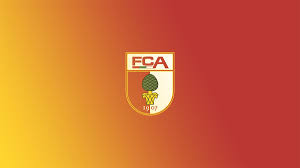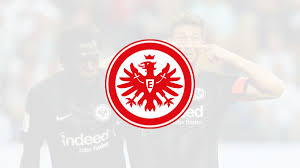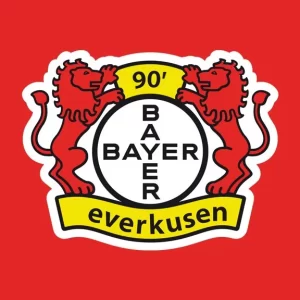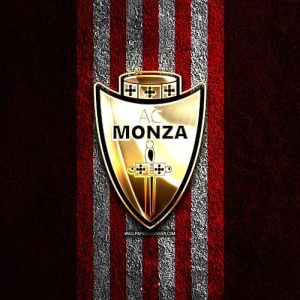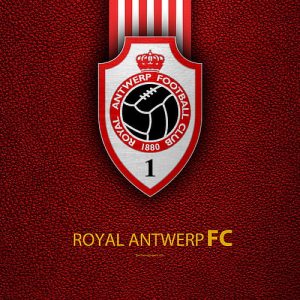Italy FC stands as a powerful symbol of football excellence, known for its proud tradition and legendary triumphs, including multiple World Cup victories. The team’s legacy continues to inspire fans worldwide. Visit my site: king88 to discover more about iconic teams like this.
Italy FC: A Historical Overview
The origins of Italy FC can be traced back to the early 20th century, as international football started gaining traction. The squad was formed in 1910 and debuted shortly thereafter, marking the commencement of a journey filled with passion, rivalry, and milestones.
The Formation of Italy FC
The creation of Italy FC came about during a period when football was starting to become organized in Italy. The Italian Football Federation was established in 1898; however, the national team didn’t come into being until 1910.
The first match played by the national team against France in 1910 marked the inception of a unique legacy. Although Italy lost that game, it ignited a flame that would burn brightly for years to come.
In understanding the formation of Italy FC, it’s essential to consider how the backdrop of socio-political factors influenced the sport. The unification of Italy in the 19th century led to a burgeoning sense of nationalism, which football soon became a part of. As various regions began to rally behind their teams, Italy FC emerged as a symbol of unity.
Early Years and Development
Italy’s early years were marked by a struggle for recognition on the international stage. However, the team managed to make its mark at the 1934 FIFA World Cup, held in Italy. The squad, coached by Vittorio Pozzo, showcased an impressive style of play and ultimately secured victory, defeating Czechoslovakia in the final.
This win wasn’t just a mere sporting achievement but also a political statement during a time when the fascist regime was in power. The victory helped the regime bolster its image nationally and internationally, making the team’s success intertwined with the country’s political landscape.
Following this watershed moment, Italy FC went on to achieve further glory in the 1938 FIFA World Cup held in France, becoming the first team to win consecutive titles. This era solidified Italy FC’s place as a formidable force in international football.
Post-War Resurgence
After World War II, Italy FC faced numerous challenges, including player shortages and the need to rebuild. However, the late 1940s and 1950s saw a resurgence of talent, resulting in competitive squads.
The 1960 European Championship marked another significant milestone, as Italy reached the final but fell short against the Soviet Union. Nevertheless, this period laid the groundwork for future successes and highlighted the depth of talent within Italian football.
With subsequent decades bringing mixed results, Italy FC experienced highs and lows. The 1982 FIFA World Cup would feature one of the most iconic moments in the team’s history, as they lifted the trophy once more, showcasing a blend of tactical brilliance and individual flair.
Key Players of Italy FC Through the Years
From Paolo Maldini to Andrea Pirlo, Italy FC has showcased some of the greatest players in football history. Their skill and passion have defined the team’s character and influence. Read more: đá gà king88 to explore how these stars shaped Italy’s global football impact.
The Icons of Italy FC
When discussing key players, names such as Giuseppe Meazza, Paolo Maldini, and Roberto Baggio immediately come to mind. Each player brought unique skills and attributes to the pitch that set them apart from their contemporaries.
Giuseppe Meazza was known for his extraordinary goal-scoring ability and playmaking skills. He was instrumental during the 1934 and 1938 World Cups, where Italy triumphed. His vision on the field and knack for scoring crucial goals earned him the title of one of Italy’s finest forwards.
Paolo Maldini’s influence cannot be overstated, as he is often heralded as one of the best defenders in football history. His longevity in the sport, combined with an innate understanding of defensive responsibilities, allowed him to dictate the pace and flow of games from the backline.
Roberto Baggio, nicknamed “Il Divin Codino,” was a player of immense skill and creativity, known for his dribbling ability and finesse. Baggio’s performances in the 1990 and 1994 World Cups are still remembered fondly, especially his pivotal role in guiding Italy to the finals in 1994, even though the eventual penalty miss in the shootout casts a shadow over what could have been.
Emerging Talents
As the game evolves, so does the pool of talent available to Italy FC. In recent years, we’ve seen an influx of young players making their presence felt on both domestic and international stages.
Players like Gianluigi Donnarumma and Nicolo Barella are prime examples of emerging talents who exemplify Italy FC’s future prospects. Donnarumma, with his remarkable shot-stopping abilities, has become a stalwart of the national team, while Barella showcases creativity and dynamism in midfield.
The importance of youth development cannot be understated. With the right nurturing and support from coaches and clubs, these young stars are set to continue the rich legacy of Italy FC, ensuring that the nation remains competitive on the world stage.
Legendary Coaches
Coaching has been equally crucial in shaping the trajectory of Italy FC. Coaches such as Vittorio Pozzo, Enzo Bearzot, and Marcello Lippi have all played pivotal roles in realizing the team’s potential.
Pozzo’s tactical acumen during the 1930s helped Italy secure back-to-back World Cup victories. His ability to blend traditional Italian defending with attacking flair set a template for future generations.
Enzo Bearzot’s leadership during the 1982 World Cup win is also noteworthy, as he successfully brought together a talented squad that balanced experience with youth. Marcello Lippi, too, had his moment of glory when he led Italy to victory in the 2006 World Cup.

